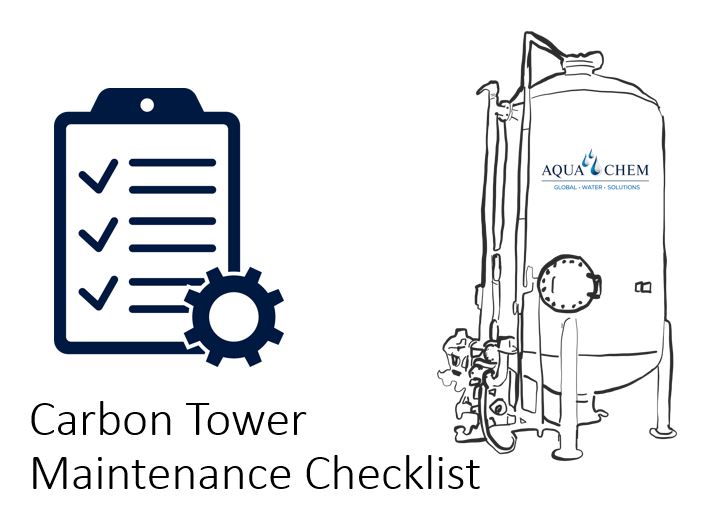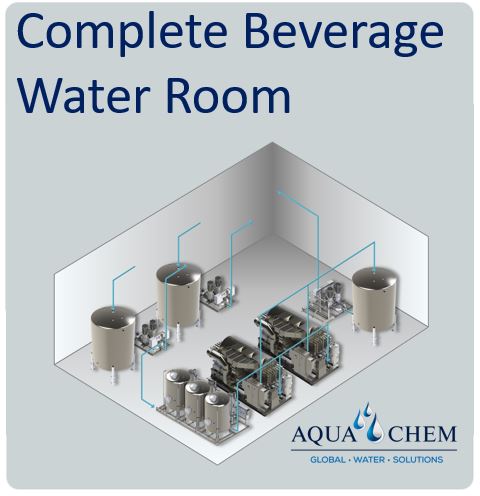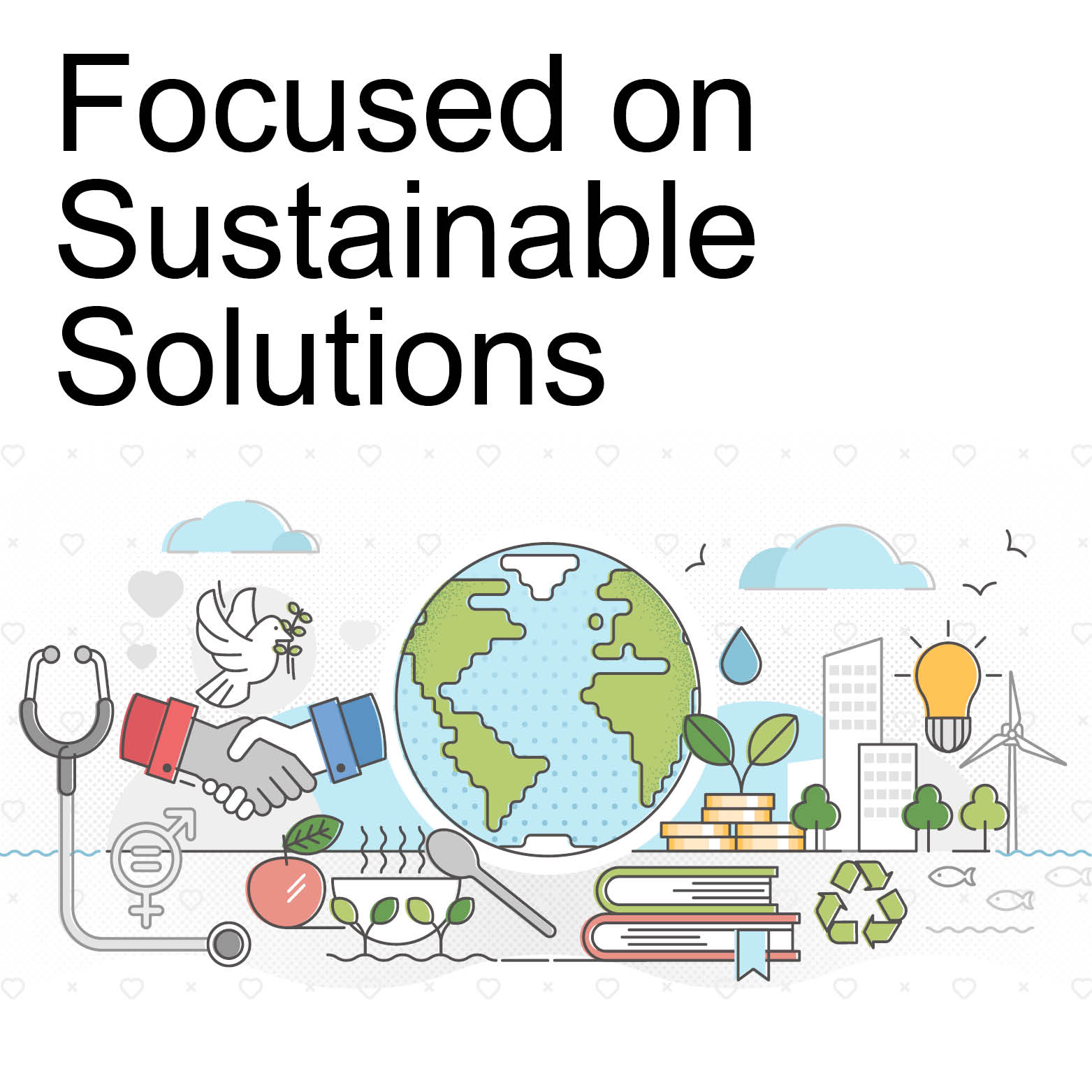When is it Time to Retire Your Carbon Tower?
When is it time to retire your Carbon Tower? The question is an important one because you don’t want to get rid of equipment that has plenty of service life in it, but a carbon tower that is leaking or in need of frequent repairs causes your business to be less productive, can frustrate your staff, and it can cost you money.
While there is no absolute formula to determine the precise moment you should decommission old equipment and consider upgrading to a new Carbon Tower, taking a moment to review some essential considerations will help you make the most informed and sensible decision.
Functional Life vs. Economic Life of a Carbon Tower
First, we need to distinguish between the functional life and the economic life of a Carbon Tower. We’re talking about durable pieces of equipment made from steel. But just because an aging Carbon Tower is still chugging along doesn’t mean you’re getting cost-effective performance on the job.
For all equipment, there will come a time when repairs become more frequent, and the overall cost of operation outweighs the value that it provides. But repair bills are just part of the equation. Every hour that a Carbon Tower is offline for repairs and maintenance represents a loss in productivity and costly downtime.
How Old is Old for a Carbon Tower?
Much like a car, the age of your equipment is important, but perhaps more crucial is the mileage. In the case of Carbon Towers, years/hours of operation are a vital metric.
The economic life of a Carbon Tower can vary according to many factors, including working conditions, service and maintenance, and more. Generally, you need to keep a closer eye on your Carbon Tower and begin to anticipate the need for replacement — around 15 or 20 years of service.
Forecasting the economic life of your Carbon Tower is not an exact science. However, many Carbon Towers can offer cost-effective performance well beyond this milestone with proper care and maintenance.
Additional Factors in Carbon Tower Life Expectancy
We depend on our water purification equipment to consistently deliver clean water. But how hard you work a Carbon Tower directly impacts how long you can count on it to do the job cost-effectively. Here are other key factors that can affect the life expectancy of your Carbon Tower:
Intensity of Usage
A Carbon Tower in operation for 8000 or more hours annually will wear out a lot quicker than one that you’re running for 3000 hours each year. All Carbon Towers protect downstream equipment such as Reverse Osmosis systems, but seasonal fluctuations in feedwater conditions, varying pressure levels, and frequent steaming can cause the carbon tower to deteriorate faster.
If you observe any of the issues listed below with your carbon tower, be sure to document when and where they occur. Taking photos and keeping a log will help you to identify if an operator needs additional training.
– Leaking valves or dripping weld seams
– Structure dents or other signs of structural damage
– Piping or tubing that is bent or damaged
– Frequent valve failures in face piping
– Increased frequency of steaming due to microbiological growth
– Increased frequency of backwashing
Environment
Is your Carbon Tower exposed to extreme temperatures, either cold or heat? Carbon Towers operated in a harsh environment — for example, one in which they are routinely exposed to varying temperatures, water, corrosive chemicals, etc. — typically have a shorter life span than those that perform their work in a clean, climate-controlled environment.
Maintenance
Although it sounds like common sense, it is worth emphasizing that Carbon Towers require basic upkeep (Consistent Carbon Replacements, Monitoring Pressure Gauges and Valves, Visual Inspection of Tubing, Gaskets, Fittings, and Solenoids) as well as more comprehensive maintenance checks to function at maximum efficiency for the long haul.
Backwashing
Timely backwashing of carbon towers is essential to its operation. Checking backwash frequency, backwash rates, and times are an essential component of a properly maintained AC Tower. With an emphasis on water conservation, backwashes tend to receive more attention due to water usage. Consideration to reclaiming backwash water sources versus reducing backwash or forward rinse times and flow rates. Lowering backwash flow rates and times or reducing the backwash frequency can increase carbon towers’ maintenance.
Estimate Maintenance Cost per Hour
A new Carbon Tower should have little to no maintenance cost during the first year. But as the carbon tower ages and racks up service hours over time, the cost will reach a cost per hour that outweighs the equipment’s usefulness.
Example: A Carbon Tower is in operation an average of 1,000 hours a year. Last year it needed a $1,000 repair. Then the maintenance cost per hour is $1 per hour.
If the repair bills reach $10,000 per year, you will have a $10 per hour maintenance cost of ownership. At this point, it’s time to evaluate if the cost to keep that Carbon Tower is more than the value it is providing your business.
If you cannot estimate maintenance cost per hour, here are two other ways to determine if you have a “problem” with Carbon Tower.
– Have your maintenance costs more than doubled in the past year?
(Exclude the cost of preventative maintenance or the cost of parts that need replacement no matter the age of the tower-like gaskets.)
– Have more than four work orders have been opened in the last 12 months?
(If you see this many issues, it’s time to consider replacing the tower as the patches and quick fixes don’t seem to be working.)
A sharp increase in maintenance costs could be a sign your carbon tower should be retired, but first, you should take a closer look at the reason for the repair.
– Is the carbon tower adequately maintained?
– Was there a one-time incident?
Not only are these preventable problems, but they’re also important to diagnose from a fiscal standpoint. Improper maintenance will undoubtedly shorten the life of your entire water purification system over time.
Benefits of Planned Maintenance for Carbon Towers
Though some facilities opt to handle regular maintenance in-house and deal with repairs as needed, you can avoid headaches and extend the life of your equipment by contracting with the OEM or a service provider for a planned maintenance program.
Not only will planned Carbon Tower maintenance keep your equipment in optimal condition, establishing a solid partnership with a professional service provider will give you a clearer picture of the condition and cost-effectiveness of your equipment and the individual process components at your facility.
An experienced field service provider should be able to do everything from handling a carbon change out and tower steaming to resolving technical issues that could arise to reporting details about the cost of operation per hour of your equipment, all while helping you plan and anticipate what’s on the horizon.
A planned maintenance program with your OEM or service provider also means fast access to any needed repairs, which is vitally essential for minimizing costly downtime.
At Aqua-Chem, we manufacture, install, and service carbon towers all over the globe. We’ve been providing engineered water purification solutions to the Beverage, Pharmaceutical, Military, Oil & Gas, and Industrial sectors since 1929. Don’t hesitate to contact us about upgrading an aging piece of equipment or learn more about how our expert technicians and field service support team can help keep you operating at maximum cost-effectiveness and efficiency.
Want to learn more?
Check out our other resources on Activated Carbon Filtration:






